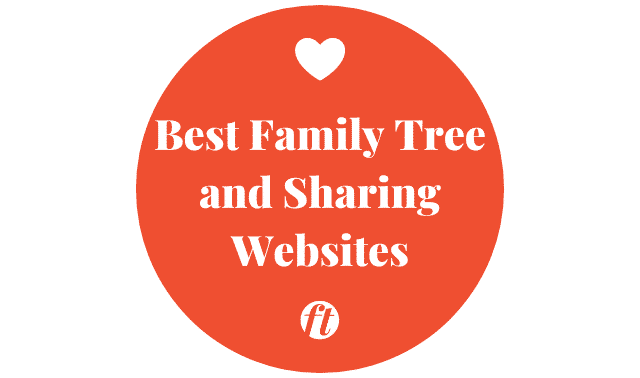
One way to organize your genealogy research and share it with other interested parties (can we say “cousin-bait?”) is to create your own family website. Putting your family tree online offers a chance to store your information and attract like-minded researchers or family members who might be interested in learning more.
If you think building a website is beyond your abilities, think again! There are plenty of platforms that are not only free but provide the materials to create your website easily—so easily, in fact, you’ll wish all your research could be that smooth.
1. Use Your Website to Attract People with Your Same Interests
Use your family website to research your family by attracting people with your same interests. Genealogists refer to this as “cousin bait.” By networking with other genealogists who find your website, you might get access to some records you’d never find otherwise—the family bible, unique records, old family photos and so much more. Your long-lost cousins just might have the hammer that will knock down that pesky brick wall.
2. Set Some Goals for Your Family Website
Before you begin creating your family website, determine what you want it to be about. Is it going to be a log that documents your research and your results as you work? Is it going to be about a specific branch or surname? Are you going to restrict it to a surname? Determine what you want to share on your website, then create a plan to build it.
According to genealogy author Nancy Hendrickson, the best family websites share five key elements:
- Focus
- Organization
- Adherence to best practices
- Consistent updating
- Optimized images
3. Use Google Sites to Build a Free Website
If you don’t already use Google for your email and storage, here’s another good reason to start: you can build a free family website with your account. In just a few steps, you can have your site up and published, and adding images and text are a breeze. You can have your basic family website launched in under five minutes with Google Sites.
4. Decide Website vs Blog (or Both)
Do you know the difference between a website and a blog? The primary difference is that the major content of a website remains the same. New content may be added, but the order remains largely the same, while a blog is more informal and updated regularly. Blogs also usually contain the ability for readers to comment. You can have both! Many family websites have a blog attached to them.
5. Learn About Copyright
Do you know how copyright applies to your genealogy research? Here’s a quick look at some of the items you can copyright: reports, articles, books, photos, maps, charts, motion pictures and sound recordings. What you can’t copyright: common information, facts, US government materials. Always check the rights and permissions to use an old photo or another item to ensure you have permission.
Building a family website can be fast, fun, and can forward your genealogical research. There are many platforms available so even “non-techies” can do it.








